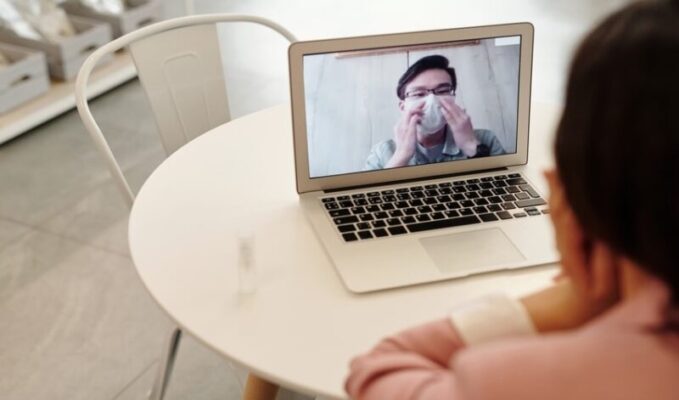
Assistive Technology: Why It’s Important During a Pandemic
Last updated on June 23rd, 2022 at 04:28 am
The COVID-19 pandemic has impacted the lives of everyone around the planet. It has changed the way we live in many ways. Some of these impacts are short-term changes, and others will completely alter the way things are done from now on. One of the short-term changes has been lockdowns. While lockdowns have been challenging for everyone, those most vulnerable to the illness have faced the harshest consequences.
For people with disabilities, chronic illness, and the elderly, there are often additional challenges posed by the pandemic that most of us don’t really think about. Many of the people in these groups require daily assistance in their lives, but this can be challenging when a caregiver is not in-home and possibly works with multiple patients. The possibility of coping without a caregiver, using assistive technology instead, can be quite appealing.
Avoiding Contact
There are many assistive technologies out there that can help those who are not in full health to live a more independent life. You might be worried about being able to get a caregiver to your home, either because you are in lockdown, because you are worried about them infecting you, or because they have fallen ill themselves. In these situations, finding an alternative option can be quite liberating.
These assistive technologies can bring an extra level of freedom to people in need under normal circumstances. However, they can go from being greatly beneficial to nearly essential in a pandemic. When forced into situations of isolation, being able to cope on your own is critical to your well being and possibly your survival. Making the assistive technologies that we have available as widely accessible for those in need is vital.
Getting these technologies to those who require them at a reasonable price or having them fully covered by their health insurance could save many lives while we wait for the end of this global crisis.
Avoiding Isolation
Beyond the potential benefits for physical health and survival, these technologies also have the potential to provide a big boost in mental health for those isolated from their friends and family. Many people feel okay about visiting with a friend or family member who is in good health during the pandemic. However, they are wary of visiting the elderly or people with other health problems.
Nobody wants to feel the guilt of visiting someone who is at high risk from this virus and finding out later that they are responsible for infecting them. This fear is especially amplified by the fear that they might not survive. Limited visits can lead those in these groups to feel even more isolated than the rest of us. Being completely cut off from everyone is not a situation in which most people hope to find themselves.
Fortunately, we live in an age of advanced technology. Had we found ourselves in this situation 30 years ago, we would have all been pretty cut off from one another. Aside from telephone calls and letters through the mail, most of us would be all alone with the people we lived with during a lockdown.
Now we can have video calls, play games together online, watch movies together, and interact in so many other ways with our friends and family. Because of this, while we may still miss gathering together to share a meal, we are still together in many ways.
Without access to assistive technology, though, many people with disabilities are unable to have these same online connections. One of the most important technologies to help people with severe disabilities stay connected during this time is eye-tracking technology. This technology can allow a person full access to running all aspects of a computer simply by moving their eye around a screen.
This technology can keep those most isolated by this pandemic just as connected as everyone else. Feeling connected can go a long way in battling depression and anxiety and can be crucial for keeping sane during a lockdown.
Beyond the Pandemic
While assistive technology is especially critical at this time, it can be incredibly useful for those with disabilities outside of the pandemic as well. Advancements in this field have greatly changed the lives of so many. Technology improved cerebral palsy treatments allowing for young children diagnosed to minimize the impact it would have on their lives as they grew older.
The only real downsides to assistive technologies are often their price and their scarcity. Many people in need of a lot of these technologies can not afford them, and even those who can afford them might be put on a waitlist because production levels are low. Finding ways to get these technologies to everyone who needs them is imperative to assuring them of their best lives possible.
Read Dive is a leading technology blog focusing on different domains like Blockchain, AI, Chatbot, Fintech, Health Tech, Software Development and Testing. For guest blogging, please feel free to contact at readdive@gmail.com.
